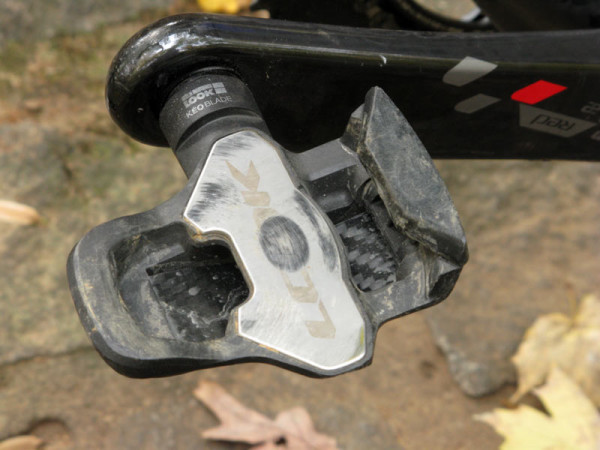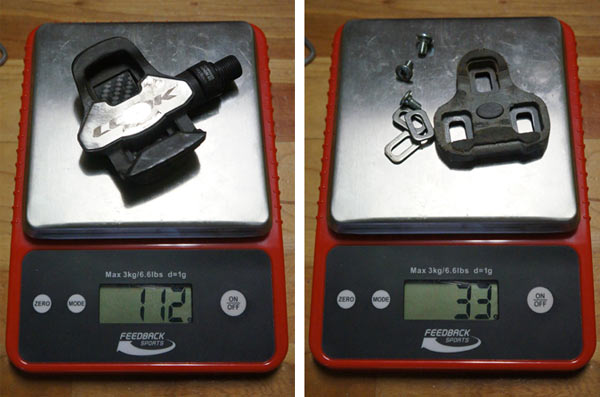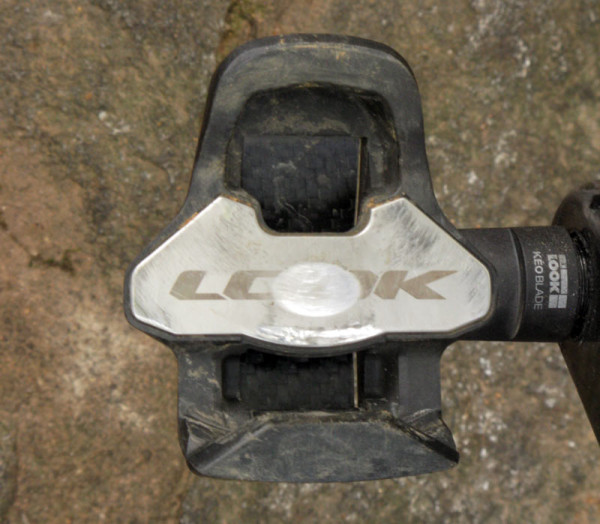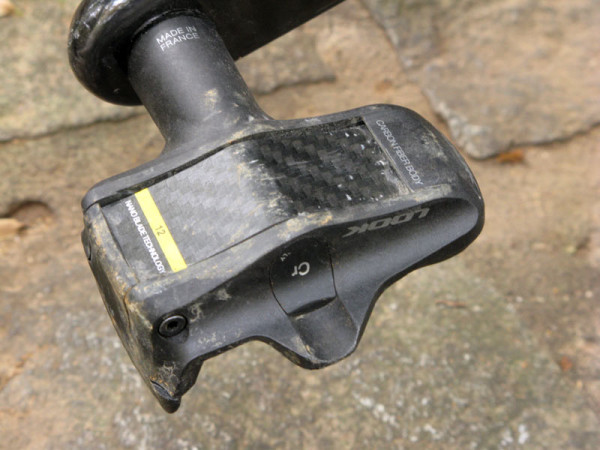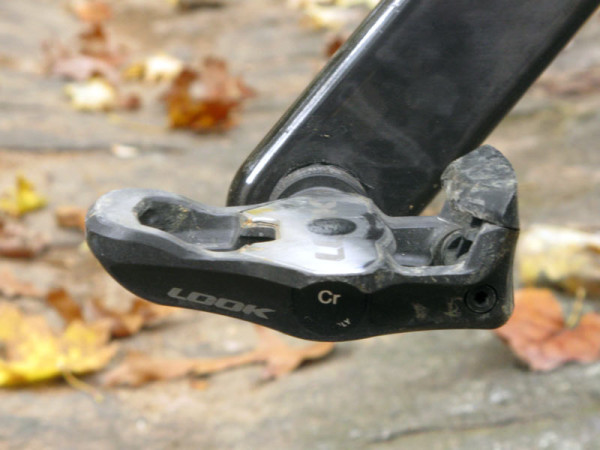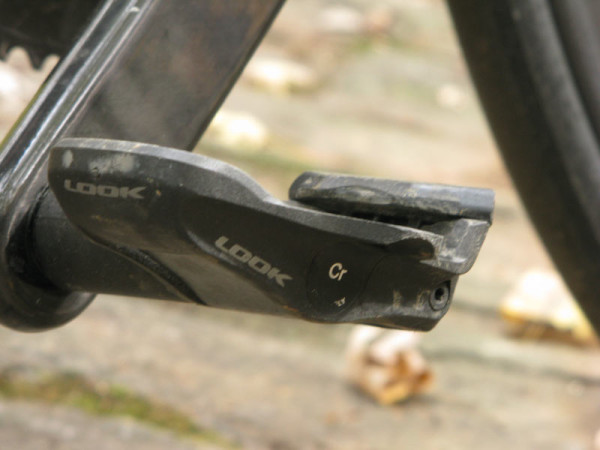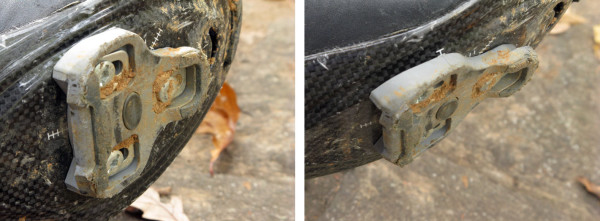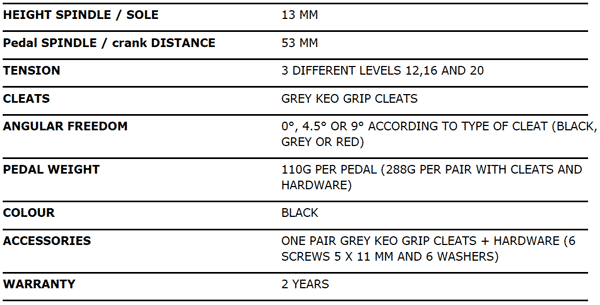A quick bit about me. For many, many years, I was a Speedplay-only kinda guy. Coming from a mountain bike background, the quick and easy engagement of their Zero pedals just made a heck of a lotta sense. Just stomp and go, and beat everyone else off the line that’s trying to get the entry angle just right for their SPD style pedals.
Then I got a set of Shimano’s as part of the Ultregra Di2 group. Then the Keywins. Then I started really liking the broader platform those offered, even if it did take me a couple seconds more to get clipped in. The latest pedals that continue to sway me are the Look Keo Blade 2, and they provide the most satisfying click of any road pedal I’ve used. And they’re darn light and roll smooth.
We got off to a bit of a squeaky start, but the pedals and I have come love one another…
I tested the chromoly spindle models, which have a claimed weight of 110g per pedal. Mine, with a little wear on them, came in at 112g. The cleats and all mounting hardware were 33g. Total for the pair with cleats would be 290g. That’s pretty light, actually within 2g of the claimed system weight.
Beyond weight, one of the big selling points of the Keo Blade pedals is the oversized 68mm stainless steel cleat plate. It provides a very solid platform that eliminated any side-to-side rocking and has held up to quite a bit of riding.
The big weight savings come from using an injection molded carbon body with woven carbon fiber leaf spring. I tested the standard 12 spring, but you can opt for stiffer springs rated 16 or 20. Look recommends the 20 only for people that really, really need an overly strong connection to the pedal as they supposedly require quite a bit of force to get out of. Honestly, the 12 was just fine for me. I never once felt like they were too soft and never came out accidentally.
Another attribute is the aerodynamic design.
Once clipped in, the shape sends the air smoothly over the bottom thanks to the very low profile design. There’s just 13mm stack height, which is accomplished with an oversized spindle rolling on two sets of ball bearings and one needle bearing. After more than a year of riding in all temps and conditions, there’s not a smidgen of play in the axle and they’re still rolling quiet and smooth.
Well, they’re quiet now. For the first 12 to 15 rides, they had a consistent eenhee-eenhee noise that sounded like a couple having fun in an old bed. Then one day it just stopped, and it hasn’t returned…so I’m guessing it was just the seals breaking in a bit.
The cleats have rubbery patches front and rear to provide a bit of grip and protect the plastic from wearing down just from walking. The standard cleats are gray, which have a 4.5º release angle. Two others are available, as shown below with the rest of the hard numbers:
RIDE NOTES:
The pedals roll pretty freely on the spindles. There’s no discernible drag when pedaling, but the tail doesn’t automatically fall all the way to the bottom to make reentry easier from a standing start. That said, the shaping allow the cleat and nose to find each other easily enough, and the platform is big enough to at least waddle safely through an intersection even if you’re not 100% clipped in.
Once clipped in, the pedals are supremely stable. The cleats fit snugly in their slots and have no lateral play. The rotational freedom is there but not sloppy. The closure is quick and tight, and as mentioned in the opening, has a supremely satisfying click to let you know you’re in. Altogether, it makes for a confident, powerful platform on which to stand and sprint. And that’s where the “pop” from the headline comes in – the low rotational weight and firm grasp makes it easy to pop up and hammer on demand. The entire package makes for a compelling option among SPD-style pedals: light weight, smooth quiet performance and a stable platform.
Retail is $299, and a titanium spindle version is available for $399 with a claimed weight of just 90g per pedal.
